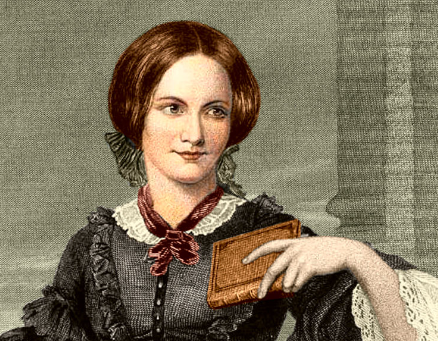How Jane Eyre Changed Victorian Literature
The impact of “Jane Eyre” on Victorian literature goes far beyond its gripping narrative and memorable characters. Charlotte Brontë’s novel not only transformed the landscape of literary storytelling but also challenged societal norms of the 19th century. Understanding its influence sheds light on the evolution of character development, themes of individuality, and psychological depth in literature.
Redefining Female Protagonists
“Jane Eyre” introduced a new type of female character to literature. Jane, as a strong-willed and complex individual, defied the traditional roles assigned to women of her time. Instead of being a passive figure, Jane pursues her own desires and values, showcasing a sense of self that resonates with readers even today. This revolutionary portrayal empowered women characters in subsequent novels, encouraging authors to explore deeper psychological dimensions and independence in their female leads.
Challenging Social Norms
Brontë’s work tackled several pressing social issues through Jane’s experiences, including class disparities, gender inequality, and the quest for identity. The novel places a spotlight on the struggles faced by individuals from lower social classes, particularly women, who were often denied agency. By giving Jane a voice and a journey of self-discovery, Brontë provoked critical discussions around societal constraints, encouraging future writers to weave such themes into their narratives.
Blending Genres and Narrative Techniques
“Jane Eyre” is a pioneer in blending genres, combining elements of gothic fiction, romance, and social commentary. Brontë masterfully uses first-person narration to immerse readers in Jane’s thoughts and emotions, creating an intimate connection between character and audience. This narrative style laid the groundwork for many modern novels, as authors began experimenting with perspective to enhance emotional engagement. The rich, atmospheric settings also contributed to the gothic elements that captivated readers, proving that a novel could be both emotionally resonant and aesthetically captivating.
Conclusion
Charlotte Brontë’s “Jane Eyre” is more than just a Victorian classic; it is a groundbreaking work that reshaped the portrayal of women and explored themes still relevant today. The novel invites deeper discussions about identity, social justice, and literary form. Whether you’re a literature aficionado or a casual reader, exploring “Jane Eyre” is sure to enrich your understanding of its profound impact on the literary world. Dive into the novel or its critical analyses to fully appreciate its enduring legacy!
